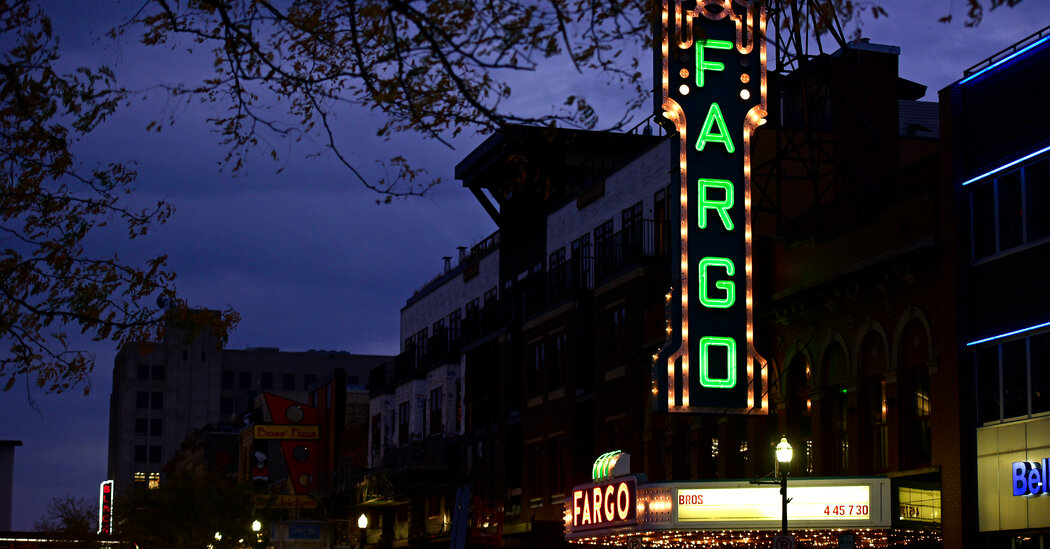Fargo, N.D., doesn’t have a great reputation, which is exactly why my 13-year-old and I decided to visit.
Perhaps best known for “Fargo,” the Oscar-winning 1996 film noir by the Coen brothers about a kidnapping gone wrong — the movie ends with a body in a wood chipper — the city has been struggling to recover its reputation ever since. The TV series inspired by the film, recently renewed for a fifth season, didn’t help.
My older daughter, Anya, and I spend our free time watching true-crime documentaries and listening to the local police scanner (we’re crime fanatics through and through), and I thought Fargo would be the perfect place for us to bond over gruesome wood chippers, potential body snatching and all the gore that went into our favorite film.
We had plenty of expectations: It would be a very sleepy community that says “geez” in every sentence, has lots of diners and lots of farmers. And while the police scanner in Fargo may not be very active, it could have some interesting stories (fingers crossed, we said).
We were wrong about everything.
The draw for many tourists is the hockey and wrestling tournaments (the USA Wrestling Junior and 16U National Championships wrapped up here this summer), according to the Fargo-Moorhead Convention and Visitors Bureau. Other visitors stop by so they can check the city off their bucket list to travel to all 50 states. And then there are those — like us, and about 20 percent of other dark tourists — who find themselves in Fargo because they’re curious about the film or TV series, according to the visitors bureau.
But anyone who spent time in Fargo over the past few years would notice that it’s a far cry from the isolated farming community that produces canola oil and snows a ton, and may or may not shove people into wood chippers.
It’s thanks to the efforts of Fargo officials and residents, who were fed up with the way outsiders viewed their city. So they made a concerted effort to change its reputation.
In 2001, North Dakota State University took over a vacated farm implement warehouse and dealership in the center of downtown and turned it into the university’s architecture and visual arts departments, and the Tri-College university office. This move alone brought thousands more students (and funding) into the area, said Mike Allmendinger, the president of Kilbourne Group, a redevelopment group based in Fargo.
In 2002, the city launched a master redevelopment plan with projects spanning…
Click Here to Read the Full Original Article at NYT > Travel…
